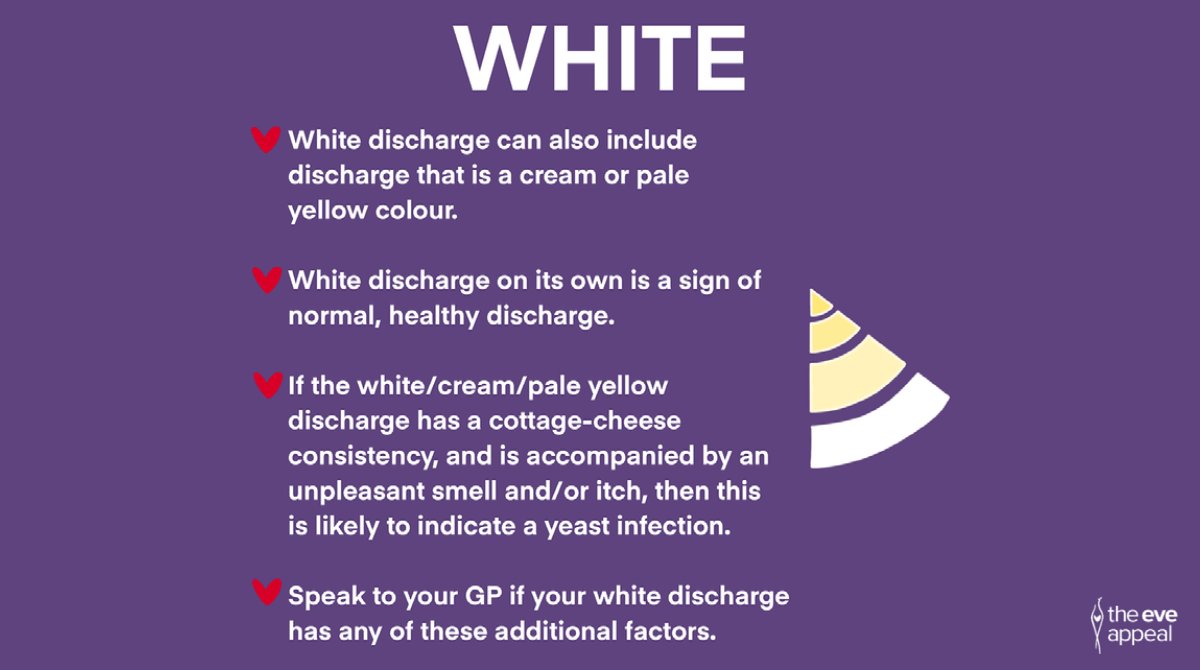Thick Cottage Cheese Like Discharge
Thick Cottage Cheese Like Discharge - It’s often a symptom of a yeast. Look for a thick, white discharge that resembles cottage cheese. Your vagina may swell and be itchy, and sex may be painful. Thick, white discharge is typical during the menstrual cycle and usually indicate ovulation.
Thick, white discharge is typical during the menstrual cycle and usually indicate ovulation. Your vagina may swell and be itchy, and sex may be painful. Look for a thick, white discharge that resembles cottage cheese. It’s often a symptom of a yeast.
Your vagina may swell and be itchy, and sex may be painful. It’s often a symptom of a yeast. Look for a thick, white discharge that resembles cottage cheese. Thick, white discharge is typical during the menstrual cycle and usually indicate ovulation.
What Does A Cottage Cheese Discharge Mean
Your vagina may swell and be itchy, and sex may be painful. It’s often a symptom of a yeast. Thick, white discharge is typical during the menstrual cycle and usually indicate ovulation. Look for a thick, white discharge that resembles cottage cheese.
Yeast Infection Discharge Cottage Cheese
Your vagina may swell and be itchy, and sex may be painful. Thick, white discharge is typical during the menstrual cycle and usually indicate ovulation. It’s often a symptom of a yeast. Look for a thick, white discharge that resembles cottage cheese.
Cottage Cheese Vaginal Discharge Causes, Symptoms & Treatment
Look for a thick, white discharge that resembles cottage cheese. Thick, white discharge is typical during the menstrual cycle and usually indicate ovulation. Your vagina may swell and be itchy, and sex may be painful. It’s often a symptom of a yeast.
Cottage cheese vaginal discharge is it a yeast infection?
Look for a thick, white discharge that resembles cottage cheese. Thick, white discharge is typical during the menstrual cycle and usually indicate ovulation. It’s often a symptom of a yeast. Your vagina may swell and be itchy, and sex may be painful.
If your discharge looks chunky, cottage cheese looking (even with no
It’s often a symptom of a yeast. Thick, white discharge is typical during the menstrual cycle and usually indicate ovulation. Look for a thick, white discharge that resembles cottage cheese. Your vagina may swell and be itchy, and sex may be painful.
Inspiration 40 of Cottage Like Cheese Discharge baexkcx4
Thick, white discharge is typical during the menstrual cycle and usually indicate ovulation. It’s often a symptom of a yeast. Look for a thick, white discharge that resembles cottage cheese. Your vagina may swell and be itchy, and sex may be painful.
What Does A Cottage Cheese Discharge Mean
Thick, white discharge is typical during the menstrual cycle and usually indicate ovulation. It’s often a symptom of a yeast. Your vagina may swell and be itchy, and sex may be painful. Look for a thick, white discharge that resembles cottage cheese.
Cottage Cheese Vaginal Discharge Causes, Symptoms & Treatment
Your vagina may swell and be itchy, and sex may be painful. Thick, white discharge is typical during the menstrual cycle and usually indicate ovulation. It’s often a symptom of a yeast. Look for a thick, white discharge that resembles cottage cheese.
Cottage Cheese Like White Discharge at Thomas Bisbee blog
Look for a thick, white discharge that resembles cottage cheese. It’s often a symptom of a yeast. Thick, white discharge is typical during the menstrual cycle and usually indicate ovulation. Your vagina may swell and be itchy, and sex may be painful.
Cottage Cheese Discharge After Metronidazole Gel Causes And Remedies
Your vagina may swell and be itchy, and sex may be painful. Look for a thick, white discharge that resembles cottage cheese. Thick, white discharge is typical during the menstrual cycle and usually indicate ovulation. It’s often a symptom of a yeast.
Thick, White Discharge Is Typical During The Menstrual Cycle And Usually Indicate Ovulation.
Your vagina may swell and be itchy, and sex may be painful. Look for a thick, white discharge that resembles cottage cheese. It’s often a symptom of a yeast.









